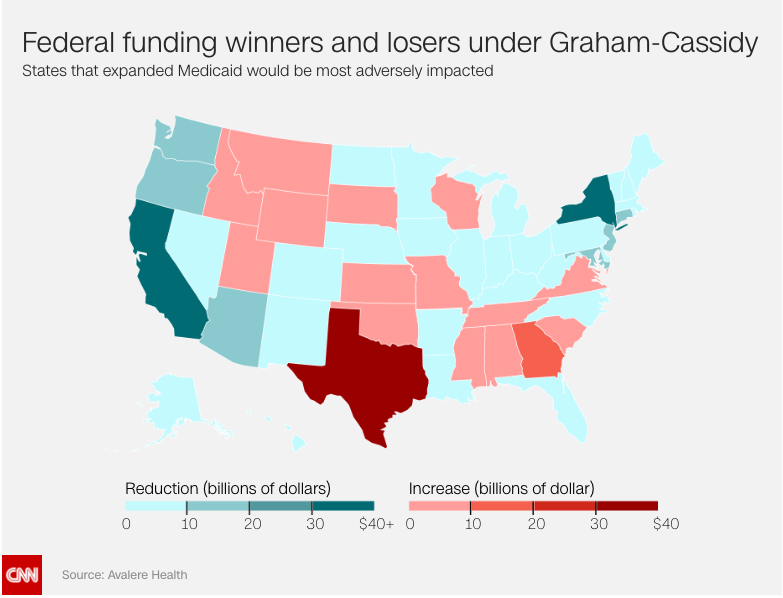Big doings at work comp physical medicine management firm MedRisk.
(MedRisk has been a client for over a decade)
Most significant, MedRisk is likely now the largest firm in the sector, passing OneCall’s Align Networks in total revenue. Two factors driving this result; Align dropped the ball on customer service, and MedRisk upped its game considerably.
As I wrote last year,
For years, [MedRisk] had the niche almost to itself, focusing its sales and service attention on corporate buyers. Along came Align Networks, a start-up that concentrated on the desk-level user, delivering stellar service to each and every adjuster and case manager. Align was quite successful, eventually becoming the largest vendor in the PM management space.
A misstep by MedRisk helped Align. Some years ago, MedRisk chose to outsource key functions, including some aspects of IT, billing, and outbound call center functions including patient scheduling. This did not go well, and the resulting dissatisfaction among desk-level users led some customers to switch from MedRisk to Align.
Confronted with the loss of business, MedRisk got back to basics. The lesson was apparent; a dramatic change in customer service was critical. That involved a major shift in understanding about the central importance of the desk-level customer, the provider and the patient, and a recognition that those customers required, above all, personalized service.
MedRisk’s results prove the back-to-basics approach worked; the company has taken major market share from Align, and continues to add new business. Operations expanded, and the company had to lease new space to accommodate the hundreds of new workers.
Now, One Call is all-in on a technology solution, investing millions in a customized application intended to deliver on the “One Call” promise (currently the seven different services offered by OCCM have separate systems and processes). “Polaris” is slated to be “fully implemented” in Q1 2018, although it’s not clear what “fully implemented” means.
I don’t believe “automating” and off-shoring key customer-facing functions is the right answer, not in a high-touch business where adjusters, therapists, physicians, and patients all are key parts of the rehabilitation process.
While many MedRisk people made this happen – including COO (and fellow Syracuse grad) Michelle Buckman, CIO Vic Pytleski, and EVP Marketing Rommy Blum, the effort was led by President Mike Ryan.
Mike is one of the best-liked people in our industry, and most respected as well. Today, MedRisk will announce he is taking over as CEO from founder and Board Chair Shelley Boyce.
I’ve known Mike for years, worked with Shelley and her team for almost two decades, and am delighted for all. They traveled a long road and it is truly gratifying to see MedRisk back on top.
What does this mean for you?
It’s all about customer service.




